Domestication has profoundly influenced our canine companions. Once fierce carnivores, dogs have become beloved family members—about 95% of them are now treated as part of the household. This transformation is significant for animals we once considered competitors. The gray wolf, their closest ancestor, diverged from dogs around 27,000 years ago.
Despite thousands of years of selective breeding, dogs remain omnivorous. While they benefit most from a diet rich in animal protein, fats, and by-products, they can also metabolize carbohydrates and starches found in vegetables. In other words, dogs can eat vegetables—though there are some notable exceptions.

Why Can or Can’t Dogs Eat Vegetables?
Digestibility is the key factor determining whether dogs can safely consume vegetables. Essentially, all macronutrients (proteins, fats, and carbohydrates) eventually break down into simple sugars like glucose—the fundamental energy source needed for cellular growth, repair, and function.
However, not all plants are created equal when it comes to providing digestible carbohydrates. Studies on canine nutrition have shown that dogs digest protein from animal sources more efficiently than from plant sources. Although they handle plant matter better than cats and have a lower protein requirement, dogs are still more naturally inclined toward a carnivorous diet. Vegetables are usually included in homemade diets to help balance the meal, but they typically make up a smaller percentage compared to animal meat and organ content. Moreover, certain vegetables can be toxic—what’s safe for us might be dangerous or even lethal for your dog.
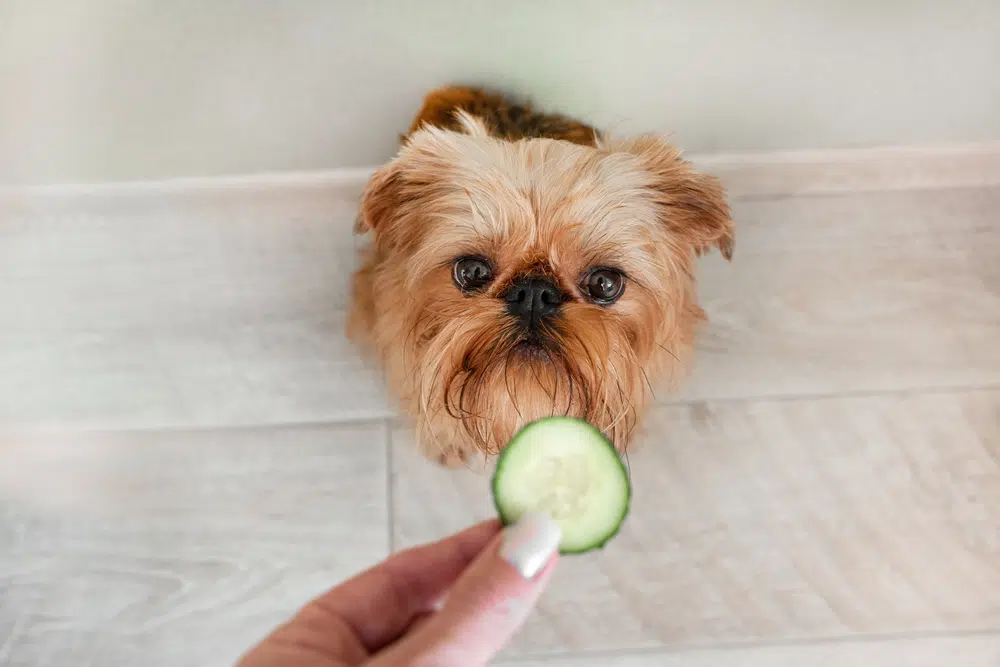
Benefits and Risks of Feeding Vegetables
Determining whether dogs can eat vegetables isn’t always as straightforward as it is with other foods (like chocolate, which is clearly a no-go). Vegetables can be categorized into three groups: good, acceptable, and harmful.
The Benefits
One major advantage of vegetables is their fiber content and other nutrients. For example, carrots serve as an excellent, low-calorie snack for puppies. They are rich in vitamin A and potassium and are even found in many commercial dog foods.
Other safe vegetables include:
- Green beans
- Zucchini
- Cucumber
- Celery
- Sweet bell peppers
- Broccoli
- Pumpkin
The Risks
Some vegetables, while non-toxic, may still cause digestive issues. Most produce naturally contains cellulose—a compound that dogs (and cats) cannot break down due to the lack of the enzyme cellulase—so feeding raw vegetables can lead to gastrointestinal discomfort.
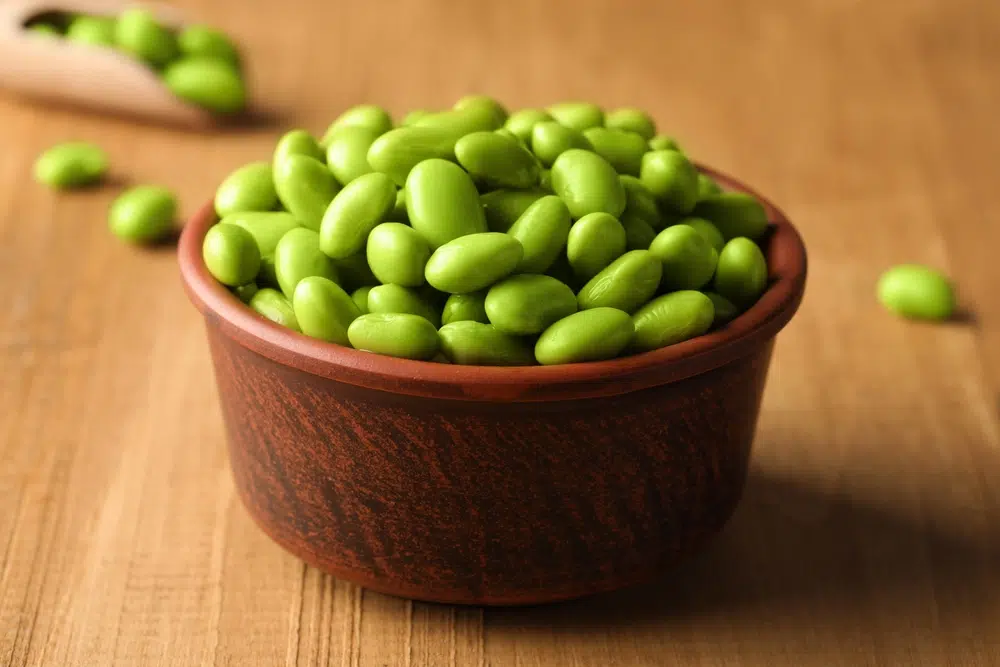
High-Oxalate Foods
Oxalates, found in many plants, can bind with magnesium and calcium in your dog’s body. This may result in lower blood levels of these minerals and lead to urinary stone formation. Foods like spinach, beets, and edamame are high in oxalates and should be given sparingly.
Onions, Garlic, Chives, and Leeks
All members of the allium family are toxic to dogs. Although these ingredients are safe for most humans, they contain sulfur compounds that can cause hemolysis (the destruction of red blood cells) in dogs. Symptoms of poisoning can appear within 24 hours and include lethargy, loss of appetite, abdominal pain, vomiting, and general gastrointestinal upset. Concentrated forms—such as vegetable powders or dehydrated slices—can be even more dangerous.
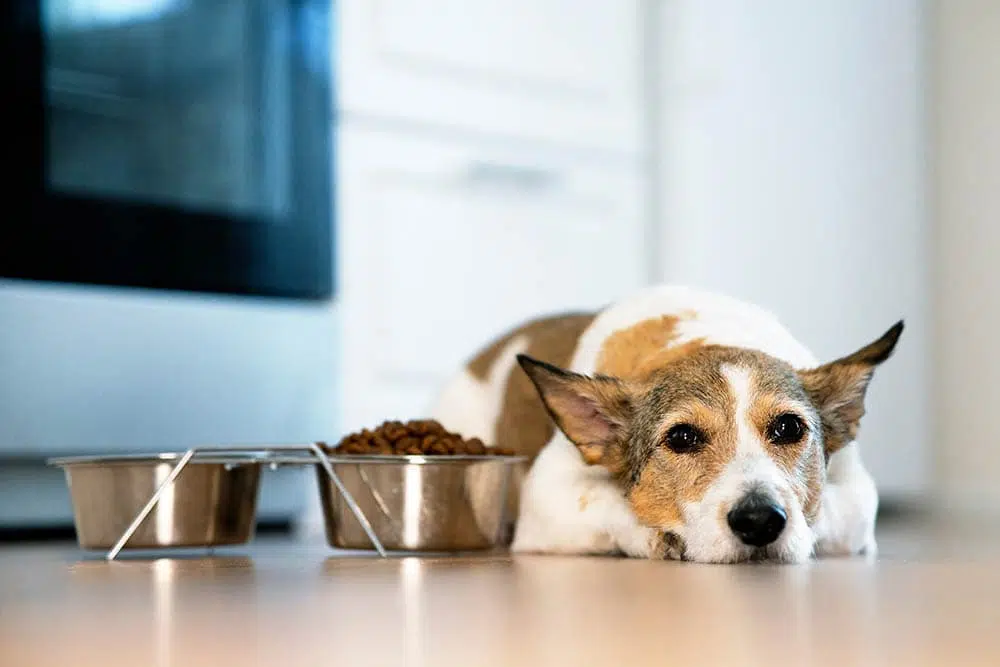
Tips for Feeding Vegetables to Your Dog
- Treat, Don’t Replace: Vegetables should be offered as an occasional treat and should not constitute more than 10% of your dog’s diet.
- Introduce One at a Time: Feed only one type of vegetable at a time and monitor your dog’s reaction to the new food.
- Avoid Seasonings: Ensure the vegetables are unseasoned and free of salt.
- Cut into Small Pieces: Always chop vegetables into bite-sized pieces to reduce the risk of choking.

Conclusion
Dogs can safely eat many vegetables without adverse effects. Due to their nutritional value, vegetables are often included in high-quality commercial dog foods. We recommend occasionally offering your dog small portions of fresh vegetables—preferably cooked without seasoning and cut into small pieces—as a low-calorie supplement. Remember, vegetables should complement a complete, balanced diet, not replace it. For homemade diets, always consult a veterinary nutritionist to ensure your pet’s nutritional needs are fully met.
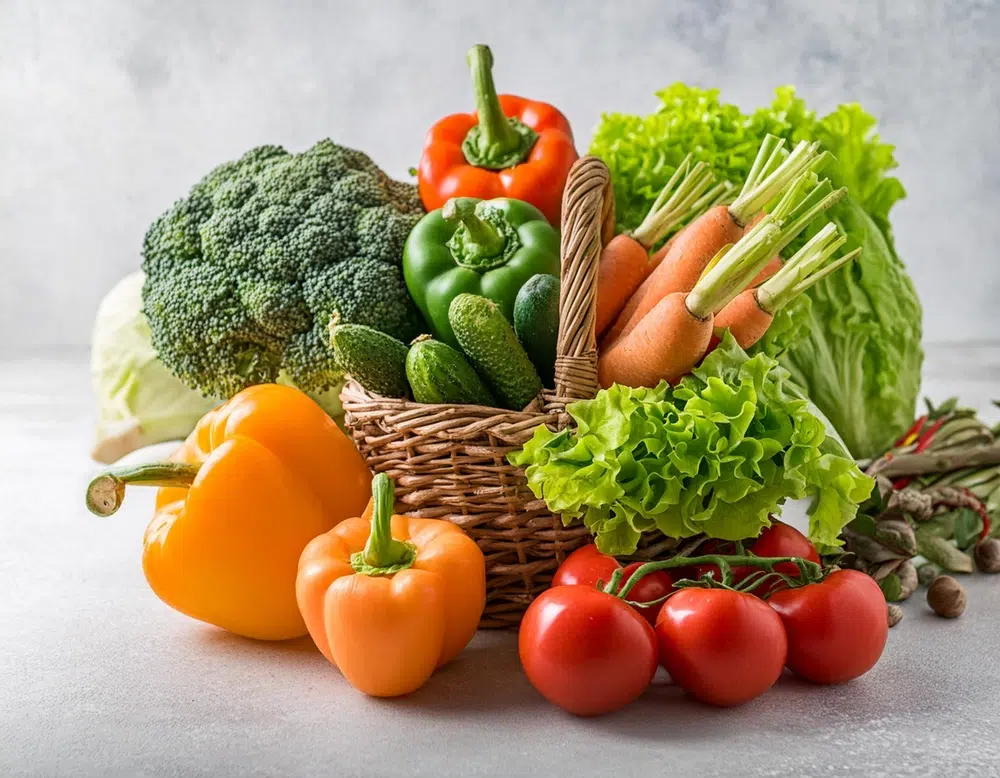
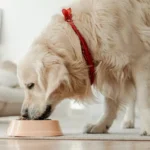

Pingback: What Vegetables Can Dogs Eat? 14 Essential Healthy Vegetable Options - Happy Paws Spot
Pingback: Can Dogs Eat Onions? A Comprehensive Analysis of Onion Toxicity in Dogs - Happy Paws Spot
Pingback: Does Your Dog Need Vegetables to Stay Healthy? - Happy Paws Spot
Pingback: Can Dogs Eat Broccoli? A Safety Guide & Feeding Tips - Happy Paws Spot